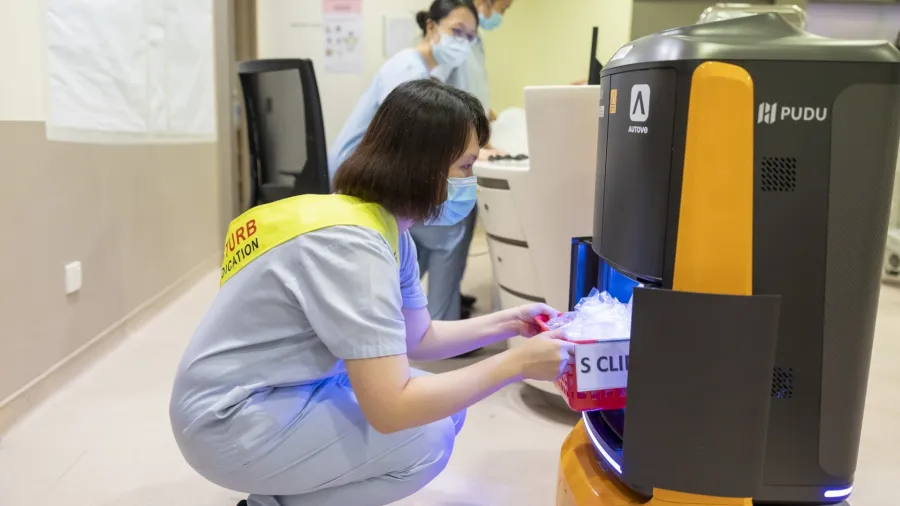
Robot trio augment nursing care in Singapore hospital
Autonomous robots are in charge of wayfinding, medication delivery, and blanket delivery.
Three autonomous mobile robots have been deployed within the emergency department (ED) of Changi General Hospital (CGH) in Singapore to boost staff efficiency and productivity.
CGH ED launched a trial deployment of robots programmed to take on heavy medication loads, make regular rounds and provide wayfinding assistance to streamline repetitive tasks of its nursing care team while improving overall patient experience.
The robots, measuring from one metre to 1.3 metres, are equipped with sensors, speakers, and a display touch screen, designed to move through crowds without bumping into other moving objects and people.
Named after their functions, EDI or the Emergency Department Innovation is the wayfinding assistant deployed in two areas to usher patients and their relatives to intended destinations within the department.
It is capable of speaking in four languages, and is estimated to help nurses, health screeners, and service ambassadors save 1.5 hours per day on their trips.
The MEDi robot is assigned to ensure efficient pick-up and delivery of medications from the ED pharmacy to pinned locations within the department. Saving up to two hours a day, it has a built-in storage capacity of four baskets in four compartments allowing the robot to serve four different areas in the ED before needing restock.
BLANKi, on the other hand, rounds the ED waiting areas to offer blankets to patients and relatives while they await further medical attention.
The trial will be completed next month and the hospital expects to expand the reach of the robots to other areas of the CGH campus.
"As a 'smart' hospital, CGH harnesses the power of robots to streamline processes and enhance experiences to focus on delivering trusted care to our patients,” said CGH ED assistant director Choong Pei Wah.
The robots were developed by a team of nurses, pharmacists, operations staff, and service ambassadors, in collaboration with engineers from CGH Centre for Healthcare Assistive and Robotics.


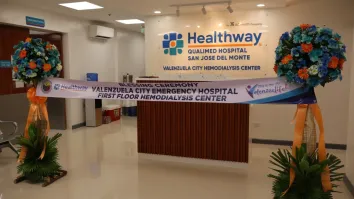
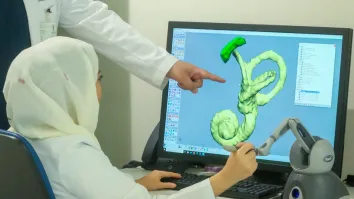
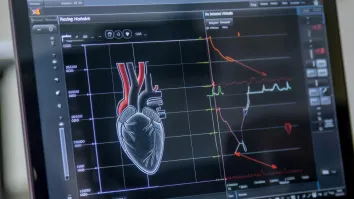
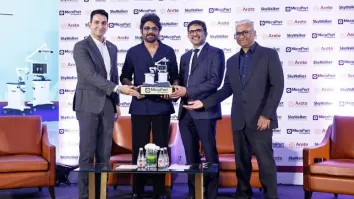













 Advertise
Advertise





